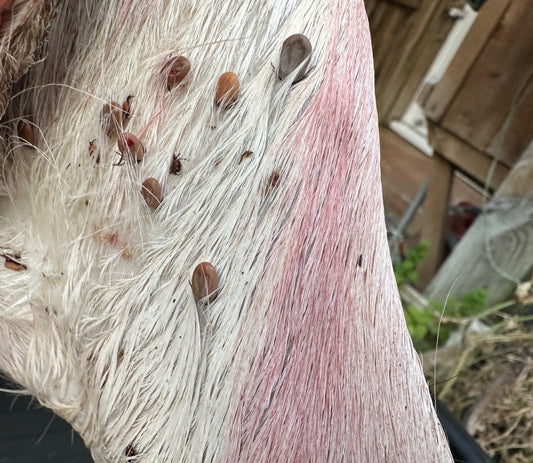Managing deer populations is a multifaceted challenge, especially in extensive and diverse british farming landscapes. One common method employed to control deer movement is the erection of deer fencing. While this may seem like a straightforward solution, it often falls short when deployed as a standalone measure, especially in large areas. Financial constraints aside, research suggests that fencing can sometimes exert more pressure on other areas, leading to intensified browsing and damage outside the fenced regions, which is counterproductive to the broader woodland management plan.
Here's a more detailed look into the synchronised approach that pairs active culling, strategic fencing, and tree tubing:
Active Culling:
- A structured and professional culling program is indispensable in maintaining deer populations at ecologically sustainable levels.
- Tailored cull plans designed according to the specific dynamics of local deer populations and the ecological context are crucial.
- Active culling helps in reducing deer pressure on vegetation, thereby aiding in the natural regeneration of woodlands and other sensitive habitats.
Strategic Fencing:
- Employing fencing judiciously is about protecting key areas while understanding its limitations and the potential for unintended negative consequences.
- Regular maintenance and monitoring are essential to ensure the effectiveness of fencing over time.
- Strategic fencing should be viewed as a component of a broader deer management strategy, rather than a complete solution. It's about creating a balance that allows for the controlled movement of deer, reducing pressure on sensitive areas while not overburdening adjacent lands.
Tree Tubing:
- Tree tubing is a cost-effective method to shield young trees from deer browsing, providing them the opportunity to establish and grow.
- The tubes act as physical barriers preventing deer from reaching the foliage while also serving as visual deterrents.
- Over time, as trees outgrow the tubes, they become more resilient to deer browsing, having reached a height and robustness that deer find less appealing or accessible.
- Tree tubing can be particularly effective in areas where the establishment of new woodland or the regeneration of existing woodland is a priority. It’s a method that aligns well with active culling and strategic fencing, providing a layer of protection that is both economical and effective.
At Wildscape Deer Management, we advocate for a balanced, holistic approach to deer management. The integration of active culling, strategic fencing, and tree tubing within a comprehensive deer management plan offers a pathway towards effective deer control, reduced vegetation damage, and the fostering of a harmonious co-existence between deer and the natural environment. Through this synchronised approach, we aim to provide solutions that uphold the ecological integrity of woodlands while ensuring the welfare and controlled management of deer populations.
Note: FG9: Deer fencing Grant. Find out about eligibility and requirements for the deer fencing item.
How much will be paid
£10.27 per metre (m).
Where to use this item
It is available for Countryside Stewardship Higher Tier and Higher Tier Capital Grants but only on woodland. It is also available for Countryside Stewardship Capital Grants (SFI pilot) to help you undertake the SFI pilot Farm woodland standard, but only if you also apply for TE4 (Supply and plant a tree) and locate the deer fencing on arable land or improved grassland used for the optional ‘Expand your woodland’ action.




